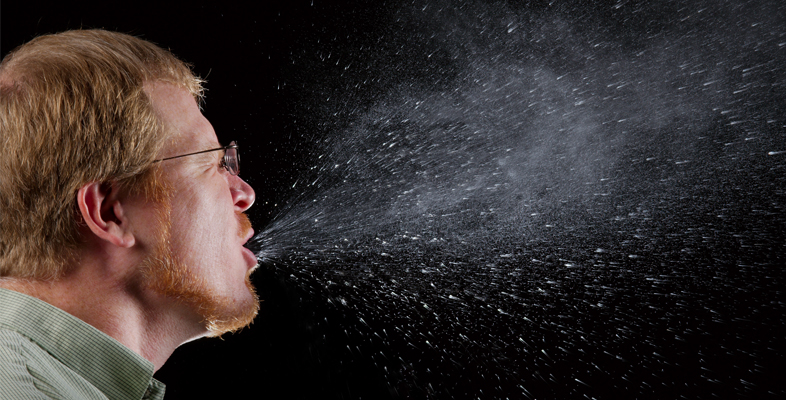3.1 How many pathogens cause human disease?
Human infectious diseases are caused by over 1400 different pathogens (Table 1). Some of the diseases they cause are never or rarely fatal, but nevertheless result in millions of acute illness episodes and chronic disabling conditions. Only about 20 pathogens have high mortality rates, causing around two-thirds of the estimated 10 million human deaths due to infection every year. In this section we will focus on some of the most important pathogens, which affect huge numbers of people across the world.
| Pathogen type | Number causing human disease |
|---|---|
| Parasites: multicellular | 287 |
| Protists: single-celled | 57 |
| Fungi: e.g. yeasts | 317 |
| Bacteria | 538 |
| Viruses | 206 |
| Prions | 2 |
| Total | 1407 |
Examine the data in Table 1. We have listed the pathogens in size order: from the largest – the multicellular (which means many celled) parasites – in the top row, to the smallest – prions [pry-onz] – in the row second from bottom, above the column total. The distinctive biology of each of the six pathogen types is described in later sections, along with the most important diseases they cause.
The table also shows how many pathogens other than the more familiar bacteria and viruses infect us. You may have been surprised that 287 different multicellular parasites and over 300 types of fungi [fung-guy] are human pathogens.
Bacteria are the most numerous human pathogens and their impact on human health is likely to increase as many become resistant to antibiotics – the drugs specifically used to control them.
Humans are also infected by over 200 viruses, but only two prions are currently known to cause human disease. Unlike the other four pathogen types, viruses and prions are not composed of living cells. It will help you to understand their biology if we take a short detour to describe the structure of cells. When you get to viruses and prions you will see how different they are from cell-based life forms.
